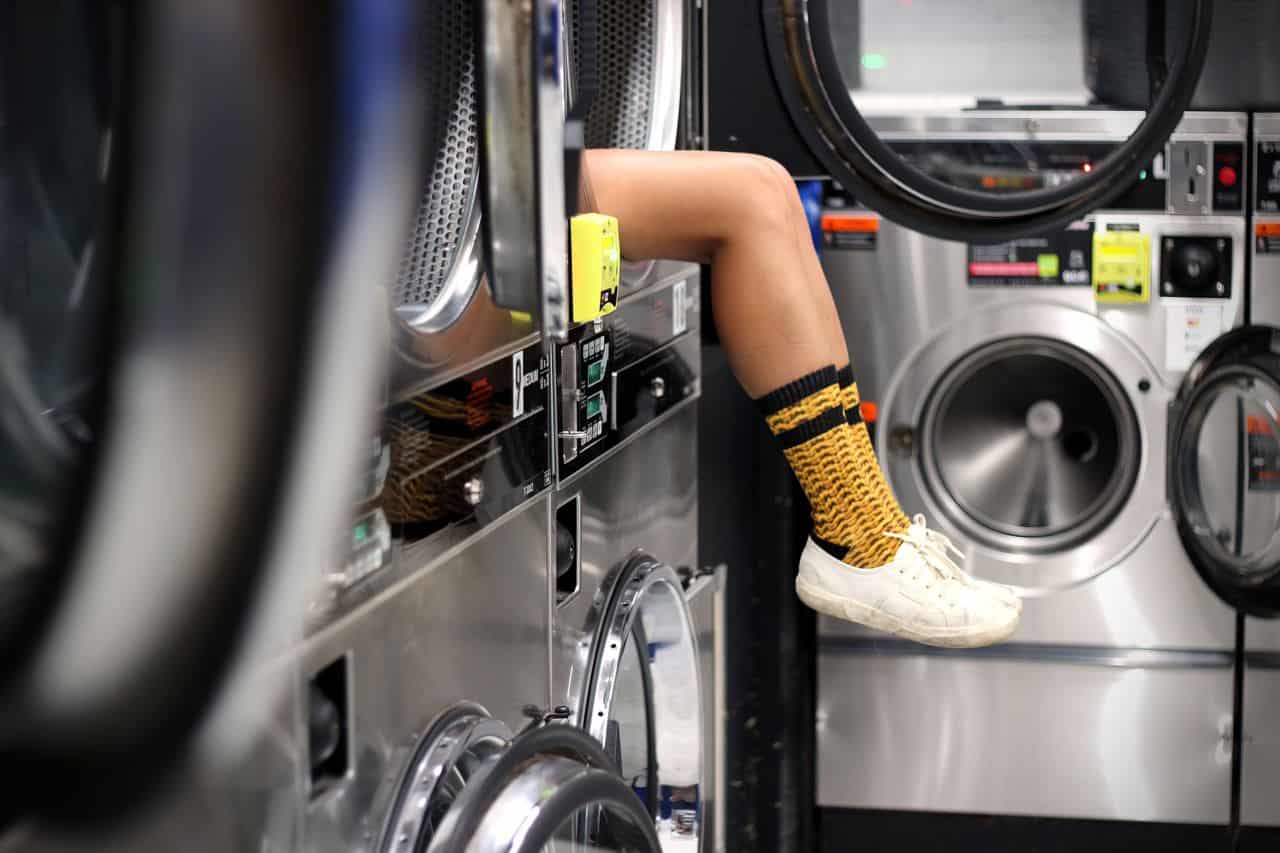So your old washing machine went belly-up, and now you’re looking to upgrade from the classic washboard and bucket solution. Where to start? Buying a washing machine is almost as long-term an investment as buying a car. Laundry appliances are a high-ticket, long-living item. You’ll most likely be using it every day for the next ten years, so you want to ensure you get the right fit for your needs.
In general, there are three types of washing machines to choose from front-loading machines, traditional top-loading machines, and high-efficiency top-loaders.
Most people do well with a front-loading washer, but there’s no such thing as a one-size-fits-all approach to clean clothes. Traditional and high-efficiency top-loading washers have cemented their place on consumers’ radar, and for a good reason.
If you’re feeling wishy-washy about your washing machine buying journey, this complete buying guide is here to help you get the stains out.
Front-loading machines get a bad rep
Front-loading washers are newer to the laundry scene, and many Americans have been slow to adopt them. Early on in their introduction, front-loading machines came with a few kinks.
Because of their design, front-loading machines often vibrate intensely during the spin cycle. Many consumers didn’t appreciate the seismic activity of washing their clothes in an early model front loader.
Today’s machines come with advanced features like load balance sensors. A balanced load can decrease vibration significantly. Think more pleasant hum and less rock the house. Newer models also have adjustable feet so that the device sits perfectly flat even on unlevel floors. If you’re worried about your machine shaking the foundation, you can rest assured because today’s front loaders are seen and not heard.
The other primary concern with front-loading washers is the smell. Front-loading washers often trap mildew and mold, and without regular cleaning, the odor can knock your socks off.
Luckily, you can swerve past any smelly machines. By wiping the door and gasket between uses, you can keep mold and mildew away. You can also run an empty cycle with chlorine bleach to kill any existing odors.
Front-loading machines offer superior cleaning
The biggest reason for choosing a front-loading washer is that they can get your clothes cleaner. Their wash motion is simply more effective than top-loading models.
In a front-loading machine, your clothes and linens will tumble against one another using gravity. As the clothes rub together with detergent, the friction helps beat off any stains and bacteria. Many consumers find they don’t have to pretreat stains when using a front-loading machine.
Front-loading machines also use less water and energy than other models. Because they don’t have an entire drum to fill like top-loading washers, they need less water to get the job done. They also have faster spin cycles that get rid of more water in your clothes. This fast cycle wicks moisture and docks drying time, meaning a lower energy bill for you.
Finally, front-loading machines are perfect for saving space. Front-loaders are ideal in apartments, condos, or smaller homes because you can stack the dryer directly above or beneath them.
Top-loading machines have their place
Of course, front-loading machines aren’t for everyone, and the top-loading consumer loyalty is well-earned.
For one thing, a top-loading washer is a lot easier to use and load. Your back will probably thank you for nixing the bend-and-snap from your laundry routine.
Top loaders also produce less vibration and have shorter washing cycles, meaning they’re a better fit for anyone with regular laundry, such as a multi-person household.
Top loaders may not clean as well as front loaders, but they are more forgiving. If you forget to throw that last sock in on a front loader, you’ll have to either drain and restart the machine or wait for the next load. Not so with a top loader. If you forget anything, you can just toss it in at any point during the wash cycle.
Top-loading washing machines traditionally use an agitator to get clothes clean. Unfortunately, the agitator takes up a large portion of the washtub, so traditional top loaders don’t have a very high capacity for clothes. However, newer, high-efficiency top-loaders found a way to skirt around this stopgap.
High-efficiency top-loaders are a better bet
High-efficiency top-loading washing machines don’t use an agitator. By cutting out the extra agitation, they combine the forgiving design of the top loader with the added space of the front loader.
High-efficiency top-loaders use an impeller to get your clothes clean. The impeller could be made up of small discs, fins, or low-profile cones that spin to rub clothes against each other, sort of like the gravity-assisted clean of a front-load washer.
High-efficiency top-loaders don’t require as much water as traditional top-loading machines, and, as the name suggests, they’re more efficient. However, they still aren’t quite as utility-bill friendly as the front load machine, so if you’re washing shoes on a shoestring budget, that’s something to consider.
Final thoughts
Buying a new washing machine is a big commitment. The last thing you want is a long-living hunk of metal that doesn’t suit your laundry day needs. Like most things, the model for you will depend on your lifestyle.
If you’re constantly doing laundry, have extra space, or can’t bend down to load a machine, you might benefit from the shorter cycles and convenient configuration of a top-loading washing machine. On the flip side, those looking to save on their water bill and get a turbo-charged clean may be better off with a front-loader.
Happy washing, and don’t forget to separate your whites.

